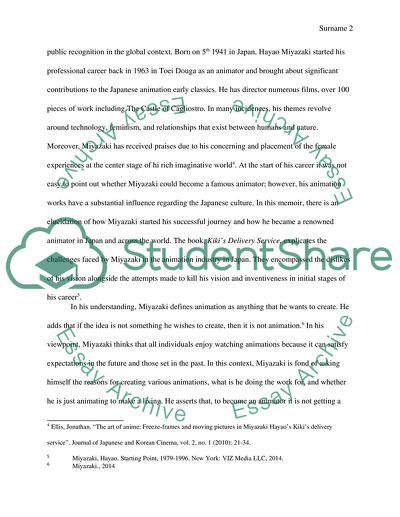Cite this document
(“Miyazakis Animations and the Japanese Culture Essay”, n.d.)
Miyazakis Animations and the Japanese Culture Essay. Retrieved from https://studentshare.org/history/1700159-miyazakis-animations-and-the-japanese-culture
Miyazakis Animations and the Japanese Culture Essay. Retrieved from https://studentshare.org/history/1700159-miyazakis-animations-and-the-japanese-culture
(Miyazakis Animations and the Japanese Culture Essay)
Miyazakis Animations and the Japanese Culture Essay. https://studentshare.org/history/1700159-miyazakis-animations-and-the-japanese-culture.
Miyazakis Animations and the Japanese Culture Essay. https://studentshare.org/history/1700159-miyazakis-animations-and-the-japanese-culture.
“Miyazakis Animations and the Japanese Culture Essay”, n.d. https://studentshare.org/history/1700159-miyazakis-animations-and-the-japanese-culture.


